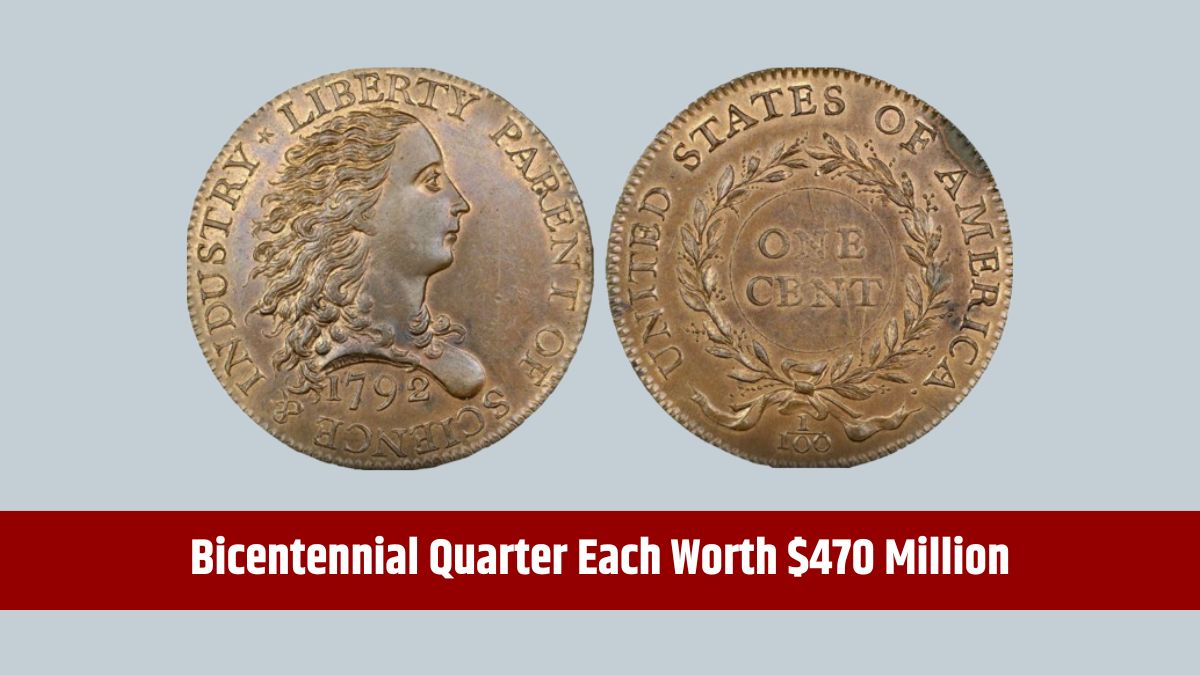Social Security is a crucial part of retirement income for many Americans, yet research from the National Institute on Retirement Security (NIRS) reveals that a surprising number of people have no clear idea of what they’ll receive. Only 11% of non-retired Americans say they know their estimated benefits, while 24% are “not very sure,” and 22% admit to having no idea.
This lack of knowledge can complicate retirement planning, which is essential for a stable financial future. Here’s a guide on how to get a Social Security benefit estimate, make it as accurate as possible, and plan effectively.
Estimate
According to Tyler Bond, NIRS research director, the easiest way to estimate your Social Security benefits is through the Social Security Administration (SSA) website. By creating a “My Social Security” account, workers can access personalized benefit estimates based on their current earnings record. Anyone aged 18 or older can create an account, while individuals over 60 without an online account can request a paper statement.
To create an online account:
- Visit the SSA website.
- Select “My Social Security.”
- Provide your Social Security number, date of birth, and other identifying details to verify your identity.
Once logged in, you can view estimated benefit amounts for different retirement ages, including early retirement at 62 and delayed benefits until age 70. This can be helpful for knowing how various retirement ages impact monthly income.
Statement
Joe Elsasser, a certified financial planner, emphasizes that these statements are especially useful for those nearing retirement, typically between 62 and 70. These estimates include factors such as cost-of-living adjustments (COLAs), providing insight into how monthly benefits will adjust over time with inflation.
These statements can reveal whether your current wages, projected at inflation-adjusted levels, will provide the living standard you aim for in retirement. However, because they rely on present data, these estimates cannot predict changes in wages or potential benefit reductions due to Social Security fund shortfalls.
Jim Blair, a former Social Security administrator, notes that estimates are most accurate for individuals close to 62, as they have fewer years for factors like wage fluctuations or additional COLAs to affect their final amount.
Accuracy
One essential step to ensuring an accurate Social Security benefit estimate is verifying that your earnings history is correct. Since Social Security benefits are calculated based on lifetime earnings, an error in your record could significantly reduce your benefit amount. Regularly checking your earnings history also makes it easier to correct mistakes as they occur rather than years later when records may be more challenging to retrieve.
If you find an error in your earnings record, you can visit a local Social Security office with your W-2 forms, pay stubs, or tax returns to correct it. The SSA can use these documents to verify your earnings history and update your record accordingly.
Even with an accurate record, keep in mind that your actual benefit could be affected by potential future cuts to Social Security benefits, as the program’s funding challenges may reduce the full amount owed to future retirees.
Benefit Cuts
According to Elsasser, a gradual benefit reduction for younger Americans is likely. While current benefits are projected to last into the early 2030s, future funding for Social Security is uncertain. Payroll taxes will likely sustain a portion of benefits, though Congress may need to adjust funding to avoid a drastic reduction in benefits for younger workers. Planning around a reduced benefit amount, rather than assuming no benefit at all, is a more balanced approach that helps you realistically manage expectations.
Benefit
With retirement planning, knowledge is power. Being aware of your Social Security estimate allows you to see if your expected benefit aligns with your retirement goals. It also gives you time to adjust your savings or investment strategies, ensuring that your personal savings fill any gaps between Social Security and your desired retirement income. Many retirees also find that Social Security benefits alone may not cover all expenses, making personal retirement accounts essential for comfort and flexibility.
Getting to know your benefits sooner rather than later can help you adjust contributions to personal savings, review investment options, or delay retirement if it means increasing your monthly benefits. Additionally, knowing your estimate could help you better understand when to claim benefits, as each year delayed past 62 results in an approximately 8% increase until 70.
In the end, retirement planning is all about preparation, and knowing your Social Security benefits is a key step to ensuring you can make the most of your post-career years.
FAQs
How can I check my Social Security estimate?
Create a “My Social Security” account on the SSA website for a quick estimate.
When should I start checking my Social Security benefits?
You can check at any age from 18 onward to see projected benefits based on current earnings.
How accurate are Social Security estimates for younger workers?
Estimates are best for those nearing 62 but can vary for younger workers due to inflation and wage changes.
What documents correct my Social Security earnings record?
Bring W-2s, pay stubs, or tax returns to an SSA office for verification.
Will Social Security benefits be reduced in the future?
A benefit cut is possible, especially for younger workers, unless Congress addresses funding.






